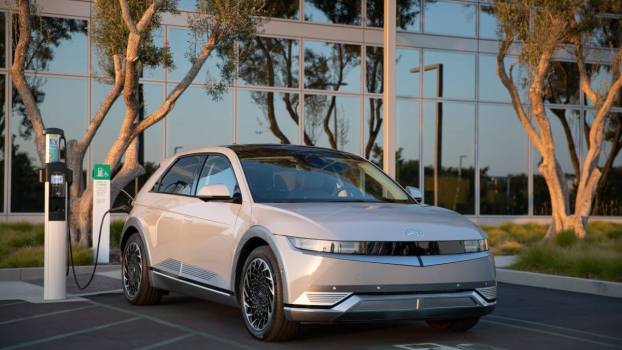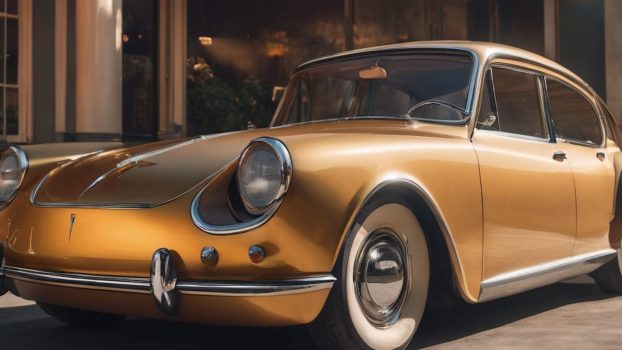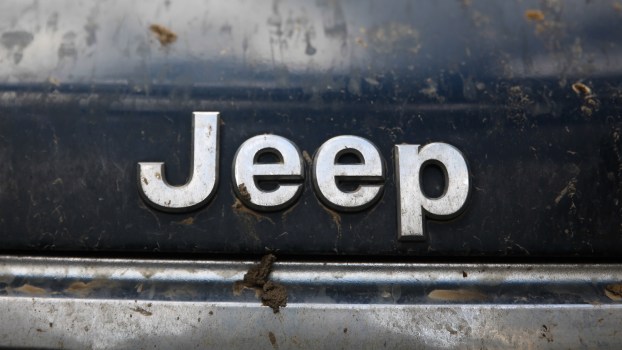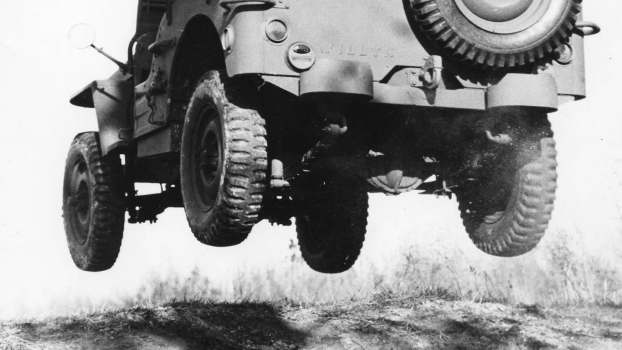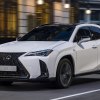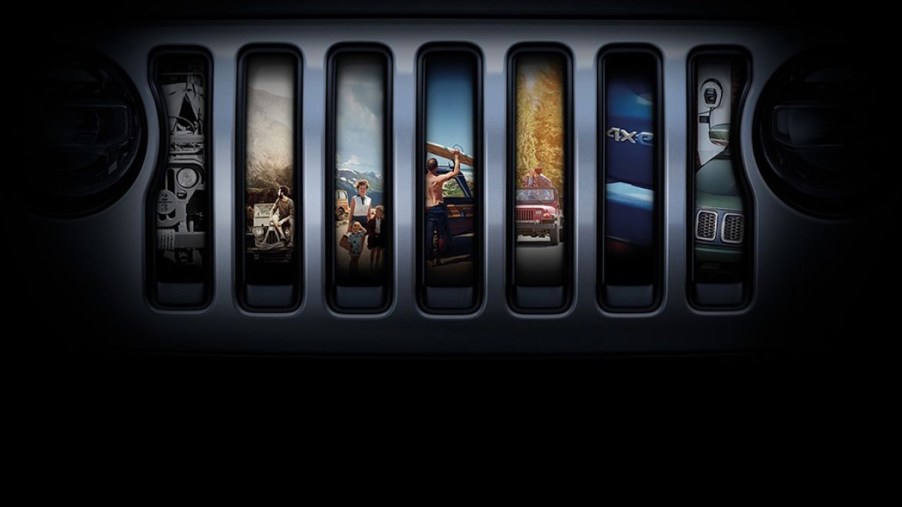
The entry-level Jeep, the Renegade, is officially dead. In 2024, the cheapest Jeep model will be tickling $30k. This is part of a movement that’s intensified in the past few years: to simply stop building cheaper vehicles, forcing buyers to spend more for wheels.
My colleague, Allison Barfield, affectionately calls her Jeep Renegade, “A Fiat in an OtterBox.” She loves the model and I have to agree. The efficient and nimble little off-roader is very much keeping in the spirit of the elegant first Willys “Quad” built for WWII.
Allison’s nickname is clever because the Renegade was a direct result of the FCA merger. It dropped in 2016 with a compelling MSRP of $15k. You could argue that FCA fumbled the Jeep Renegade when it updated its older and larger competitor, the Compass, and then wondered why the aging Renegade’s sales were slowing.
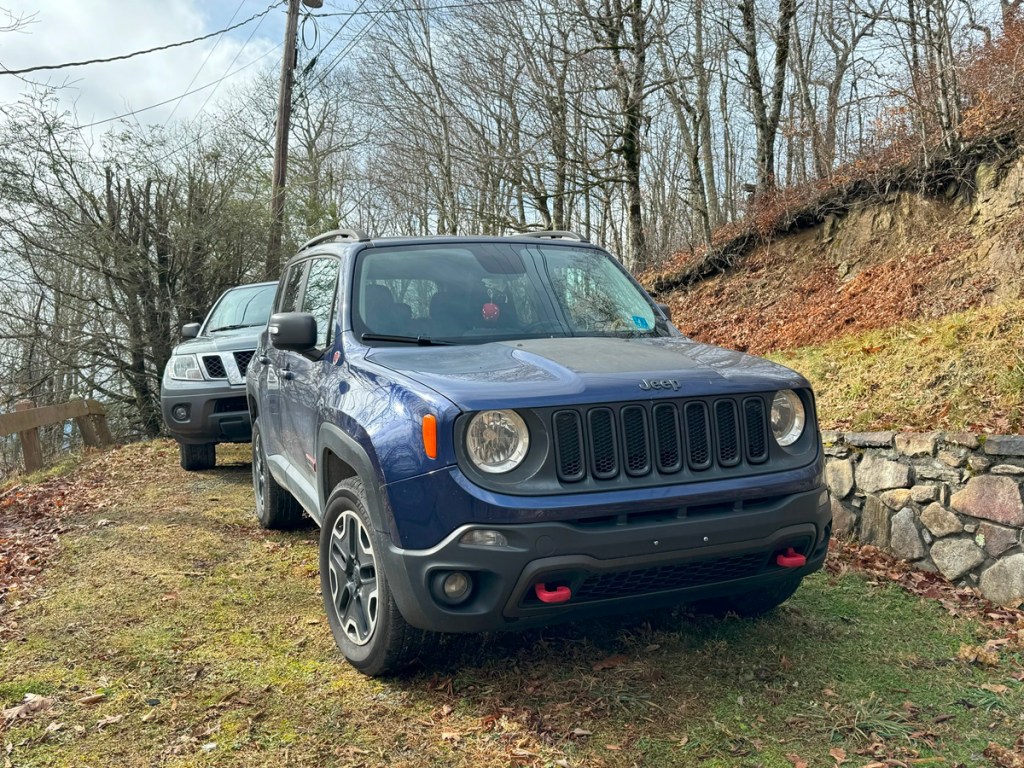
Though Stellantis now has 15+ automotive brands, it sells nothing in the U.S. that competes with the ever-popular Subaru Crosstrek and Honda HR-V. (The Dodge Hornet is the same size-ish, but never advertised off-roading prowess). This choice is a misread of the current market. But in addition, the Renegade is huge in Europe. I dig the manual diesel configuration there. And many of us millennials are embracing smaller, more efficient European-like vehicles. But Jeep may be blinded by greed.
Here’s a puzzle for you: the automotive tailpipe emissions of a new vehicle are worse today than they were a decade ago (Study). How can this be? Regulations get stricter every year, each new engine leverages the best emissions technology available, and the number of hybirds and EVs is on the rise. Here’s the answer: the average new vehicles is just that much bigger. And automakers such as Stellantis are one of the main culprits.
During the COVID 19 quarantines, the automobile industry was crippled by global supply chain shortages. Many automakers had to decide what to do with a finite number of computer chips limiting production. After the first year of losses, most of them focused on larger vehicles and more luxurious vehicles. They figured that with most dealer lots nearly empty, buyers in need of wheels would spring for whatever was available. And they were right. While production remained low, the bottom line increased.
Production is finally increasing, but automakers don’t care. The focus on larger vehicles and better optioned vehicles is a way to offset the steep R&D costs of going electric. And whenever issues such as the UAW strikes impact production, automakers shrug and jack up MSRPs. The Ford F-150, the canary in the coal mine of the automotive market, went from a $29,990 MSRP to $38,560 in less than two years.
It would be logical for Stellantis to corner the compact crossover market with a redesigned Jeep Renegade. A plug-in hybrid Renegade 4xe with excellent infotainment and low-traction capabilities could get more popular every year. But the Renegade is dead, and I doubt logic has much to do with its demise.
Next, see the Jeep Renegade’s worst issues according to owners, or watch a eulogy for the Renegade in the video below:
